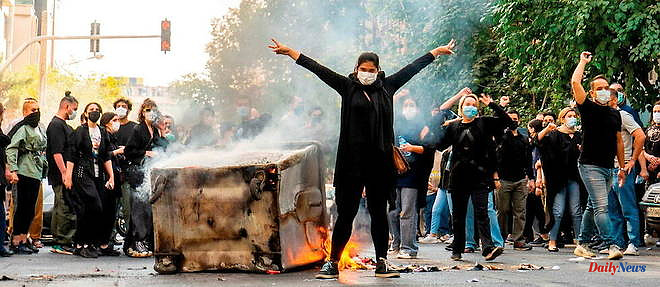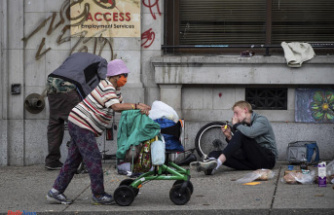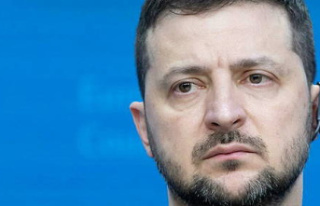Mahsa Amini's name has entered modern Iranian history. He became the symbol of the limitless brutality of a theocratic regime and crystallized the rage of an entire people. Since the death in custody of this 22-year-old young woman, arrested on September 13 in Tehran by the morality police for a badly worn veil ("Jina Mahsa Amini did not believe in the veil", says her cousin in Le Point), a unprecedented wave of anger seized the Iranian population against its leaders. In tribute to the victim, many women did not hesitate to remove their obligatory headscarf, and even to burn it in the middle of the street. An unprecedented gesture of defiance towards the regime that had never been seen before in the Muslim world. The "Woman, Life, Freedom" revolution was born. And Le Point, at the forefront of the protest, immediately grasped its historical significance.
Unable to go there, for lack of authorization granted by the Islamic authorities, we collected countless testimonies from Iranian men and women who did not hesitate to pound the pavement at the risk of their lives. "Mahsa Amini's death was a spark," said Niousha, a "freedom hero" from Rasht in the north of the country. “Anger had been simmering among the people for a long time. Because behind the compulsory wearing of the veil, it is indeed the whole of the Iranian regime – and its Islamist ideology – which is denounced by the demonstrators across the country.
Forty-four years after the 1979 revolution, which ended in the fall of the Shah, the first Islamist power in the region has failed to carry out its promises of freedom and social justice, recalls political scientist Saeid Golkar, who talks about "defeat of Islamism in Iran". Worse, it institutionalized the inferior status of women to men. While Iranian women are ubiquitous in Iranian society, for example by being in the majority in universities, their life is still worth half that of Iranians in terms of inheritance, testimony in court or amount to be reimbursed to the family of a homicide victim.
Is it then a coincidence that it was through women that the revolt came to Iran? It was thousands of miles from Tehran, Washington, where she lives in exile, that Iranian journalist and activist Masih Alinejad launched in 2014 the first campaign against the compulsory wearing of the veil in Iran. "We realized that not being able to choose what we wore on our head and instead being forced to put on a veil was the first of the freedoms that were confiscated from us", tells Le Point the one who became "the number one enemy of the mullahs". Unable to reverse the compulsory veil, which remains one of the foundations of its Islamicity, the Islamic Republic tried to deceive the international community by announcing a false abolition of the morality police, which we immediately denounced. She has also tried to intimidate her opponents abroad by threatening their families in Iran, as Iranian protester in Paris Massi Kamari has bitterly experienced.
But above all, it applied inside the country an appalling repression against the slightest dissonant voice, which left at least 488 dead, including 64 children and 39 women. "Instead of trying to understand the demands of the population, the authorities have used nothing but brutality," said Javaid Rehman, UN special rapporteur on human rights in the Islamic Republic. “So the idea that the Iranian regime could end its protests by force has failed. If street rallies today seem to be marking time in Iran, popular anger is expressed at the slightest opportunity (religious commemorations, wave of poisoning of schoolgirls, etc.) and the height of irreverence, the compulsory veil n is no longer worn in many cities across the country. So much so that some Iranian opponents abroad such as Reza Pahlavi, the son of the last Shah of Iran, are already dreaming of a "post-Islamist Iran"...
Consult our file: "Le Point" at the forefront of the women's revolution in Iran












